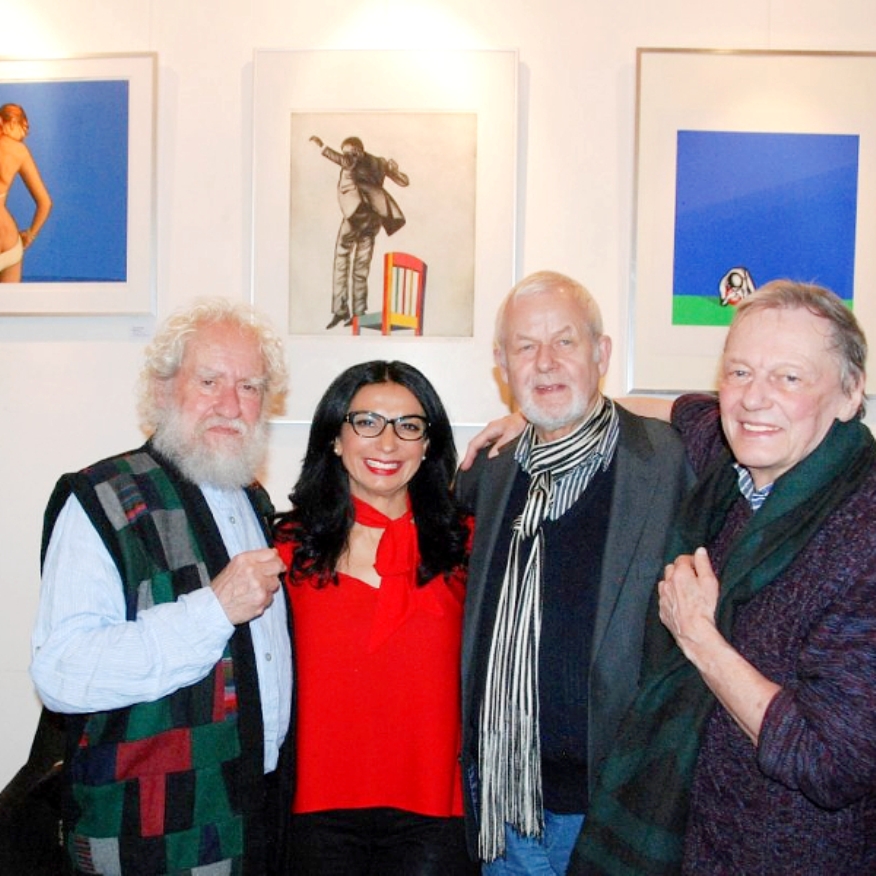Zebra Group

Zebra Group
The Zebra Group, or Gruppe ZEBRA, was a collective of German painters and sculptors founded in 1964/65 in Hamburg. Its founding members were Dieter Asmus, Peter Nagel, Dietmar Ullrich, and Nikolaus Störtenbecker. The group aimed to develop modernism in the direction of the visible world, renewing the connection between art and life, and was a significant proponent of New Realism.
This artistic association was notable for its focus on realism, distinguishing it from the prevailing styles of Tachismus (Tachisme) and Action Painting that were popular in Germany during the early 1960s. The Zebra Group's work stood out for its use of specific stylistic devices such as the contrast between plasticity and flatness, a functional view, the absence of handwriting, the use of local colors, central perspective, middle composition, and the integration of photographic elements in their artwork. These elements emphasized the volume of objects, portraying them in a realistic manner and often using life-size figures in sculpture.
The group's approach was influenced by notable artists like Pablo Picasso, Francis Bacon, and Jean Dubuffet. Throughout the 1970s and early 1980s, the Zebra Group held various exhibitions in cities like Aachen, Aalborg, Belgrade, Berlin, Bremen, Darmstadt, Hamburg, London, and Rome. They celebrated their 40th anniversary in 2005 with a comprehensive exhibition in cities including Kiel, Viersen, and Hamburg.
In their exhibitions, both the paintings and sculptures displayed a commitment to realism, with sculptures often being life-size and not placed on pedestals, emphasizing a direct engagement with the viewer. They avoided using precious materials like marble or bronze, preferring cheaper materials like polyester resin, and used color as an additional reference to the real world.
The Zebra Group's significance in art history lies in its early adoption and development of a new realism style at a time when abstract and expressionist trends were dominant in Germany. This made them a pivotal part of the modern art movement, particularly in the realm of New Realism.
For collectors and experts in art and antiques, the Zebra Group represents an important chapter in the evolution of modern art, particularly in the context of German realism. Their work serves as a bridge between the abstract movements of the early 20th century and the more figurative, realistic styles that followed.
If you're interested in exploring more about the Zebra Group and their contributions to New Realism, consider signing up for updates on exhibitions, sales, and auction events related to their work. This will provide you with an opportunity to stay informed about the availability of their unique and culturally significant pieces.
| Country: | Federal Republic of Germany (1949—1990) |
|---|---|
| Start of the period: | 1965 |